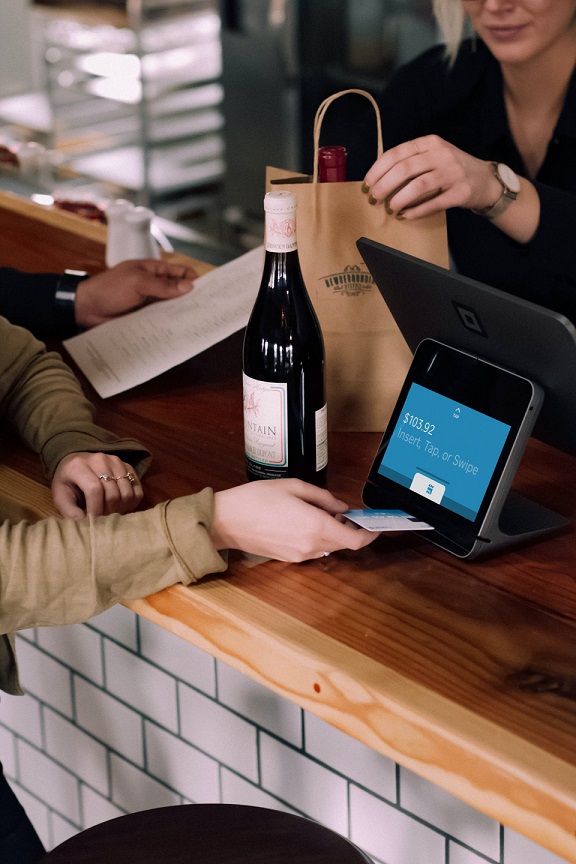
In today’s society we are doing all we can to keep our loved ones safe. As time changes, we adopt new methods to facilitate our success in this real life survival game called life . The use of technology has enabled many of us to work from home and conveniently have whatever we desire delivered straight to us without the need to leave the security of our homes.
Although contactless payment systems have been around for decades in the form of online payments through credit cards and debit cards. The increasing accessibility to mobile phones and recent developments in the app industry as well as payment systems is effectively leading us towards a cashless society. This couldn’t be more apparent in the fight against corona virus and the increasing need to limit physical human interaction to stop it’s spread.
In turn, contactless payment systems are becoming an essential . What is a contactless payment systems ? Contactless payment systems include such things as credit cards, debit cards, key fobs, smart cards, or other devices, including smartphones and other mobile devices, that use radio-frequency identification (RFID) or near field communication (NFC, e.g. Samsung Pay, Apple Pay, Google Pay, Fitbit Pay, or any bank mobile application that supports contactless) . These are technologies that are used for making secure payments in retail and commercial outlets without the need of physical cash.
How do contactless payments systems work ? This technology works basically with the use of an embedded integrated circuit chip and antenna which is enabled on the consumers payment device ( credit cards, debit cards, key fobs, smart cards, or other devices, including smartphones and other mobile devices). The consumer basically only needs to wave their handheld device over a reader at the point of the sale terminal. Contactless payments should not be confused with mobile phone payments because it can only be made in close physical proximity and do not use broad-area cellular or WiFi networks for payment processes for example revolut on google app shop. Some forms of mobile phone payments do not require physical proximity such as cashup and Paypal.
EMV is a credit card with a smart chip that is inserted in it. This chip in the card is responsible to process the debit card and credit card transactions. These cards are EMV compliant , which means it is within the security standards for debit and credit card transactions. Meaning it has a pin and a signature. The use of EMV have aided in the new favorite of tap and go convenience apps with the use of NFC, where there is no need for a pin authorization for payments to be made. This has led to the increase of new tap and go technology which is considered as a safer option that is aligned with the current social distancing guidelines. The United States now have one of the largest number of contactless cards of any market at 175 million. This form of payment is also convenient for online payments enabling faster transactions than the use of conventional credit, or debit card purchases. The lack of use of pin verification in contactless purchases in retail commercial outlets is monitored through a set limitation on the final value amount in purchases , basically allowing only small value sales. This is because the lack of authentication could possibly provide a window for fraudulent purchases in the case where a device may have been stolen or replicated by fraudsters.
The adoption of contactless payment systems is evident in it’s use in most major financial institutions & multinational corporations . The use of contactless credit cards is now widespread in the U.S., U.K., Japan, Germany, Canada, Australia, France, the Netherlands and various countries in Asia. The ease in transaction encourages consumers to easily spend more money for small transactions. This payment method have increased significantly in the past couple of months as financial institutions are introducing new increases in spending limitations on contactless payment systems. Researchers have found from recent purchase habits that less people are now holding cash with a preference for cashless payment systems. Approximately one-third of all card transactions in countries such as the U.K, the United States , Australia as well as various countries in Asia, South Africa and Israel. In India the Gov’t, at one point has also urged local businesses to use contactless payment systems . Some retailers are refusing to take cash in the fight to stop the spread if germs. South Korea, United States have had to quarantine notes at one point to combat the spread of germs. The increase in the convenience of digital and online banking services is also driving our society towards a cashless society . It is found that consumers shop more with the new development in digital wallets and access to online banking agencies . Financial agencies that issue cards indicate they will increase the availability of contactless cards to consumers. It has been estimated that there will be over 300 million contactless cards issued in the US by the end of 2020 .